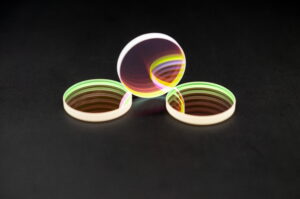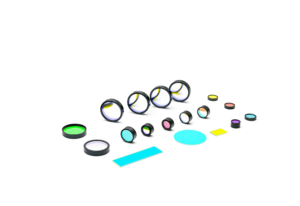Optical Lens Materials
At Shape Optics Technologies Pte Ltd (SOT), we offer a comprehensive selection of Optical Lens Material options designed to meet
An extensive knowledge and experiences related with optical design, engineering, application notes, videos, technical tools, and other optical engineering resources are available here! Hope it will help you.
If you can’t find the info which you expect, you could go to the Shapeoptics Online Library, or email us: [email protected], we will guide you to find the knowledge and techniques you want.
At Shape Optics Technologies Pte Ltd (SOT), we offer a comprehensive selection of Optical Lens Material options designed to meet

1 Features 2. General Description Shape Optics Technologies Pte Ltd (SOT) provides high-performance infrared temperature measurement filters designed for use

1 Features 2. General Description Shape Optics Technologies Pte Ltd (SOT) provides high-quality optical plastic coatings designed for a range

1 Features 2. General Description Dichroic filters are optical components primarily used in applications requiring precise wavelength separation. They are

1 Features 2. General Description Shape Optics Technologies Pte Ltd (SOT) offers a comprehensive line of Neutral Density (ND) Filters,

1. Features 2. General Description Shape Optics Technologies Pte Ltd (SOT) offers a range of high-performance Long Pass Filters designed

1. Features 2. General Description The Double-band Bandpass Filter is a specialized optical component that transmits two distinct ranges of

1. Features 2. General Description The Broad Bandpass Filter by Shape Optics Technologies Pte Ltd (SOT) is a precision optical

1. Features 2. General Description Narrow bandpass filters are optical filters designed to transmit light within a narrow range of

1. Features 2. General Description The dual-narrow band astronomical filters from Shape Optics Technologies Pte Ltd (SOT) are advanced optical

1. Features 2. General Description The tri-stimulus chrominance filters from Shape Optics Technologies Pte Ltd (SOT) are specifically engineered to

1. Features 2. General Description Machine vision filters from Shape Optics Technologies Pte Ltd (SOT) are engineered to enhance the

1. Features 2. General Description The Laser Marking Windows from Shape Optics Technologies Pte Ltd (SOT) are designed to facilitate

1. Features 2. General Description Shape Optics Technologies Pte Ltd (SOT) provides high-performance Laser Welding and Cutting Filters, ideal for

1. Features 2. General Description Shape Optics Technologies Pte Ltd (SOT) offers a premium range of Laser Ranging Filters specifically

1. Features 2. General Description Shape Optics Technologies Pte Ltd (SOT) offers a range of high-performance Laser Radar Windows specifically

1. Features 2. General Description Shape Optics Technologies Pte Ltd (SOT) offers a range of high-performance Laser Radar Mirrors designed

1. Features 2. General Description Shape Optics Technologies Pte Ltd (SOT) provides high-performance Laser Radar Filters designed specifically for use

1. Features 2. General Description Shape Optics Technologies Pte Ltd (SOT) offers a comprehensive range of Filters for Flow Cytometry

1. Features 2. General Description Shape Optics Technologies Pte Ltd (SOT) offers Time-Resolved Fluorescent Filters specifically engineered for high-performance time-resolved